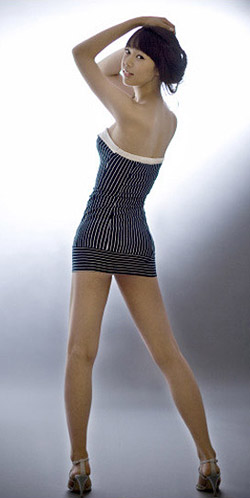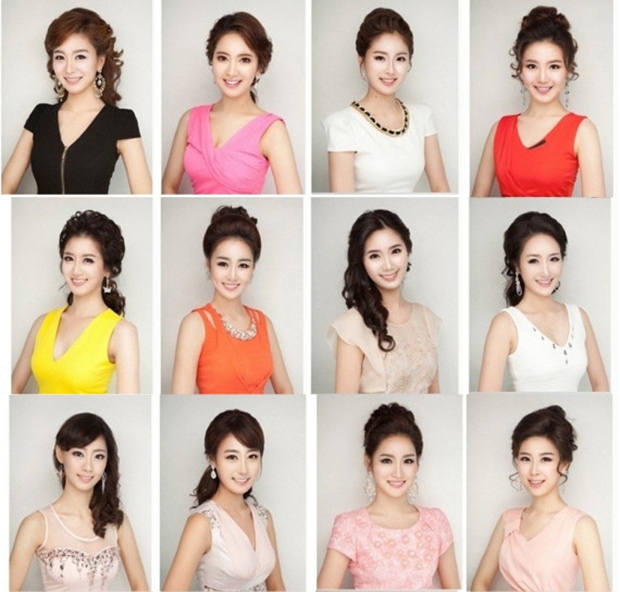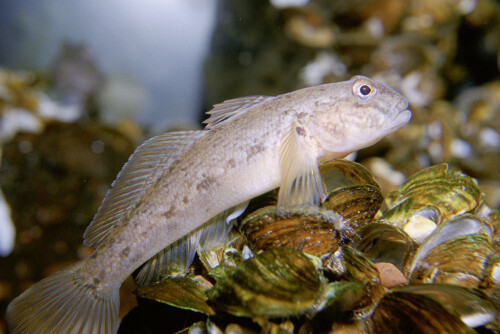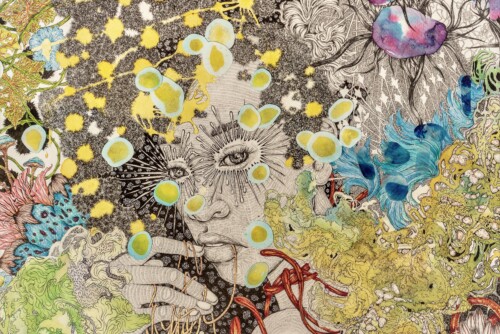Harisu and (Trans) Supermodels in South Korea
As Patty Jeehyun Ahn has observed, trans discourse in the Northeast Asian region tends to feature a “dangerously limited conception of male-to-female transsexuality … [according to which] beauty is the telos of transition.” 21 Ahn’s own focus is on Harisu (하리수), a wildly popular South Korean trans model, actress, and pop star, who was signed as the spokesperson for the South Korean DoDo Cosmetics company in 2001. In 2002, she became the second person to have her gender legally recognized by the state, and in 2004, she appeared in a South Korean television commercial for UFT feminine hygiene products, a Taiwanese import. Whether promoting cosmetics or sanitary pads, Harisu’s transfemininity is marketed to full effect in support of the notion that “[t]he work that Korean women do now is organized around the consumption of a limited range of femininities in a late capitalist culture rather than around the production of goods in an export economy,” as Ahn argues. 22
Video 1: Harisu stars in a commercial for Taiwan’s UFT Holdings Corporation, first shown on broadcast television in South Korea in 2004.
In this UFT commercial, Harisu is portrayed as an expert consumer—a connoisseur, even—of products designed for women, since the first rule of conspicuous consumption is to buy things that you do not need. Still, one of her few lines in this 30-second spot reveals that production—and reproduction—remain creative sites of anxiety. As she serenely demonstrates her mastery of feminine gender performance, Harisu can be heard whispering that “she still wishes she could do one thing.” The function of her trans body in the mainstream marketplace is to perform this lack and to confirm, in turn, that menstruation, or fertility, is the authentic—and bestselling—marker of Asian femininity. As Rachel Lee has observed elsewhere in this journal issue, the commodification of health and beauty products points to the ways in which the optimization of life has become a norm of late capitalist culture. In the context of South Korean deindustrialization, this mode of consumption would seem additionally to fulfill a biopolitical imperative to foster and to valorize certain forms of feminine life over others.
Harisu, however, maintains an ambivalent stance on her own trans celebrity, suggesting that the marketing of her transfemininity and the state’s recognition of her gender are in fact working at cross-purposes. Quoting from a Korean newspaper interview that Harisu gave in 2002, Ahn reports: “Harisu has explicitly stated that she does not like the label of ‘trans,’ but also recognizes that without it, she probably would never have come to the public’s attention.” 23 Where the visibility of its trans citizens would put forward a narrative of South Korean sexual progress, Ahn argues instead that “[Harisu’s] comments about the complicated nature of her position […] shatters wholly celebratory arguments about her liberal sexual symbology.” 24
A similar form of skepticism toward South Korean claims to sexual modernity was expressed in the Asian American blogosphere on the short-lived Wiqaable.com, which billed itself as “your online source and voice for what is queer and Asian.” In an article about a South Korean beauty pageant posted in July 2009, the blogger known as Haruki compares Harisu to Choi Han Bit, the competition’s first-ever trans contestant.

Explaining that pageant officials responded to scattered public protests over Choi’s participation by referring to the “2” on her resident registration number (male citizens’ registration numbers begin with the digit “1”), Haruki reasons:
The reason why Choi Han Bit passed the first round is because she is defined as beautiful by straight Korean men, and inherently, by straight White men … Choi Han Bit is a “qualified” woman because the government recognizes her so. Am I too Westernized here, to think of those who refuse to or do not identify as any rigid categories of gender and sex? […] Do they exist in Korea too, or do they think completely differently? After all, what the government tells you who you are may be one of the sources of their/our struggles, but it might not be so central to their/our real struggles. 25
This queer Asian American blogger’s curiosity about the cultural status or political value of gender nonconformity—Do they exist in Korea too, or do they think completely differently?—was recently echoed in online commentary about a viral image that invited viewers to compare Korean contestants in an upcoming beauty pageant. First compiled by a Redditor who found the headshots published on a Japanese blog, this photo collage visually performed or instantiated an apparent similarity between the facial features and upper-body build of these 20 women—none of whom had publicly identified as trans this year. While this image was accompanied by mention of Korea’s high rates of cosmetic surgery on sites like the Huffington Post and Jezebel—“Highest per capita in the world!,” as one proclaims—it is important to observe how the formal, reiterative pattern of its visual composition might in fact help to produce the all-too-predictable audience response: “Asians all look alike.”

Interestingly, Haruki’s interrogation of Korean beauty standards implicates the white heterosexual male gaze in the creation of an emerging standard for transfemininity—one which, as Harisu and Choi demonstrate, nonetheless fails to be viewed as consonant with Korean womanhood. While Haruki points to the government’s role in upholding such “rigid categories of gender and sex,” the Huffington Post and Jezebel suggest that unreasonable consumer demand for body modification is to blame for such outsized spectacles of Korean femininity. The fact that neither of these discussions considers the cultural impact of forcible SRS or the presence of transwomen on pageant culture or the beauty industry—and neither draws the connection between forcible SRS and common access to cosmetic surgery—casts the Asian trans body as exceptional and as an exception to South Korean performances of sexual modernity.
- Patty Jeeyhyun Ahn, “Harisu: South Korean Cosmetic Media and the Paradox of Transgendered Neoliberal Embodiment,” Discourse, 31.3 (2009): 261.[↑]
- Ahn 2009: 256.[↑]
- Ahn 2009: 269.[↑]
- Ahn 2009.[↑]
- “Transgender Phenomenon, or Re-Gendering of South Korean Culture,” available at http://www.wiqaable.com/2009/07/wiqaablog-transgender-phenomenon-or-re.html. Accessed 12 Apr. 2013: par. 7, 9.[↑]




